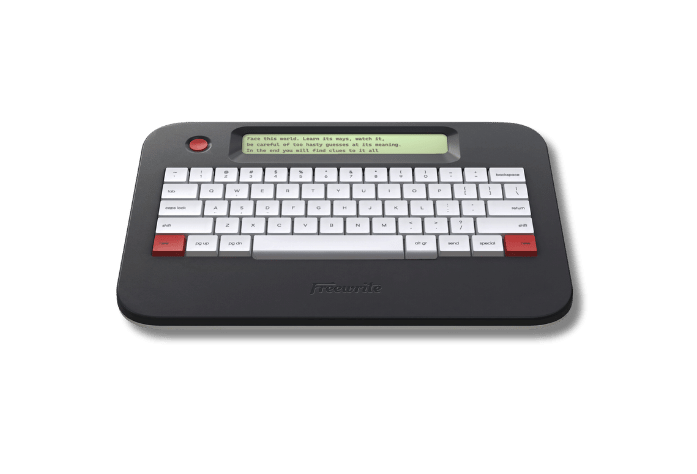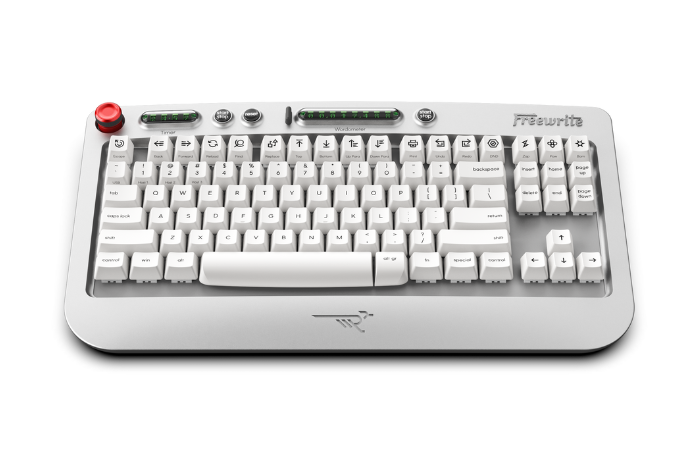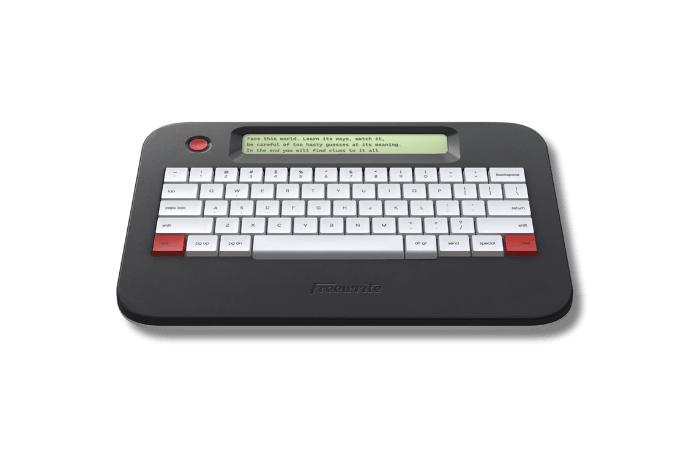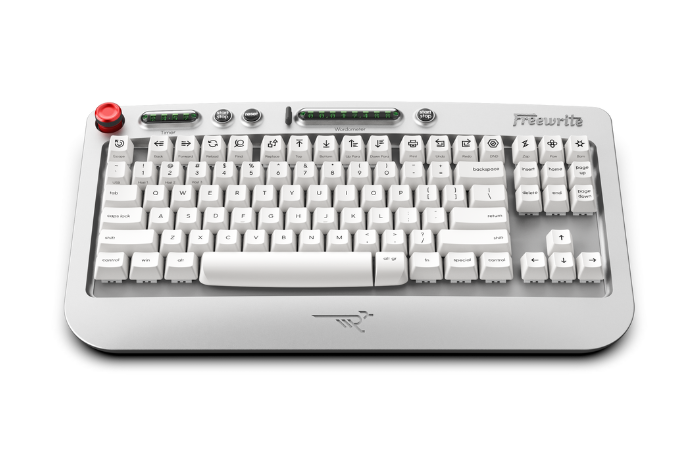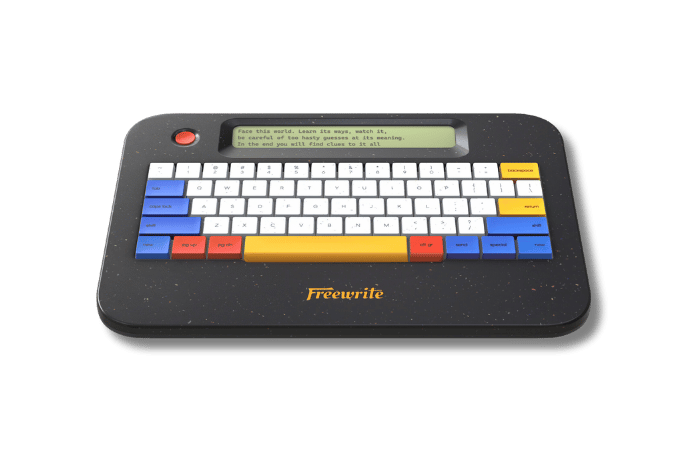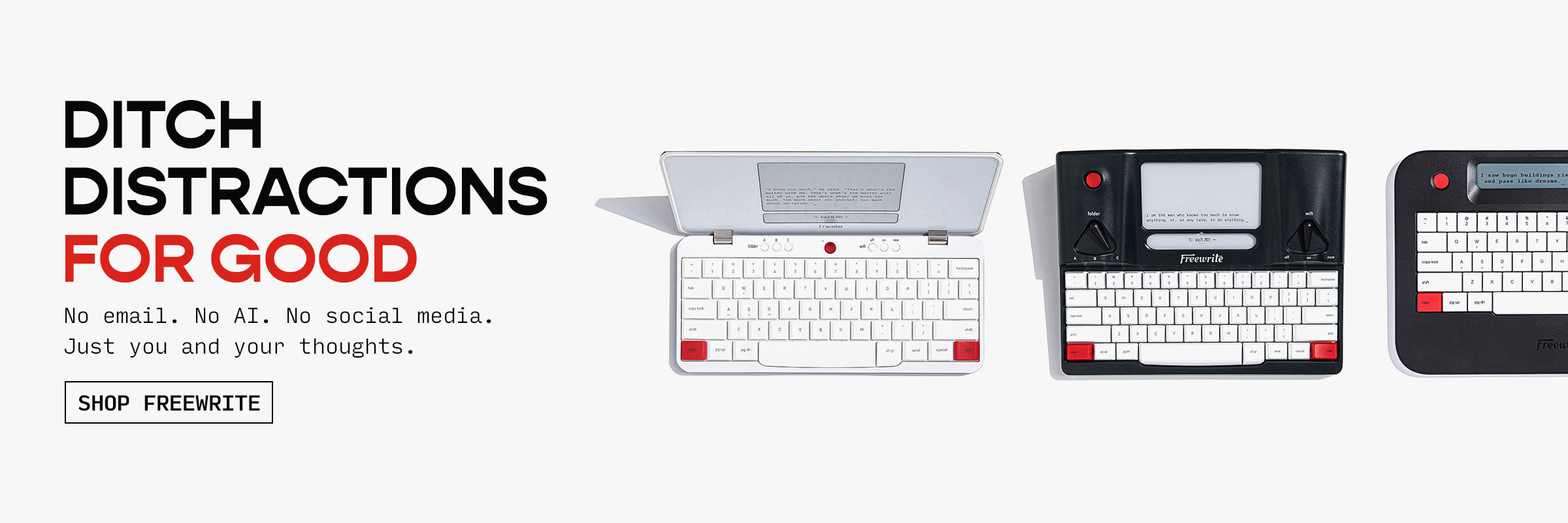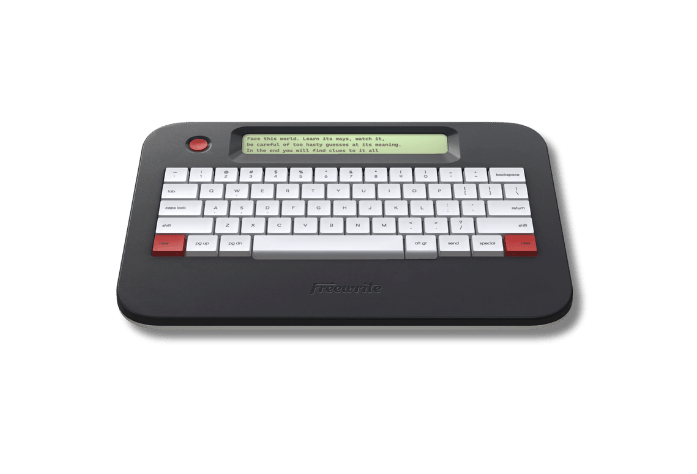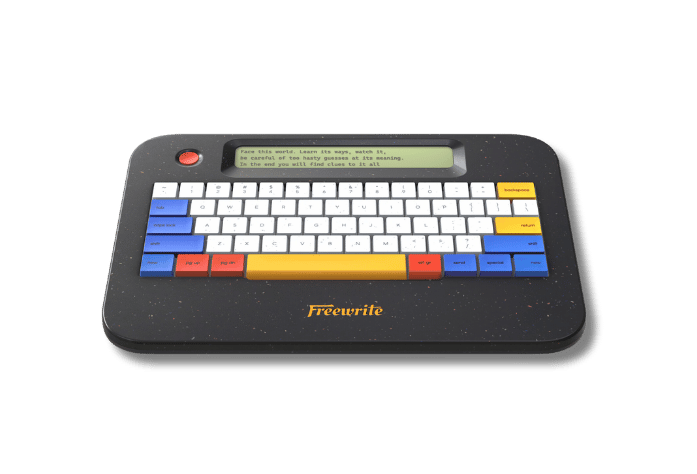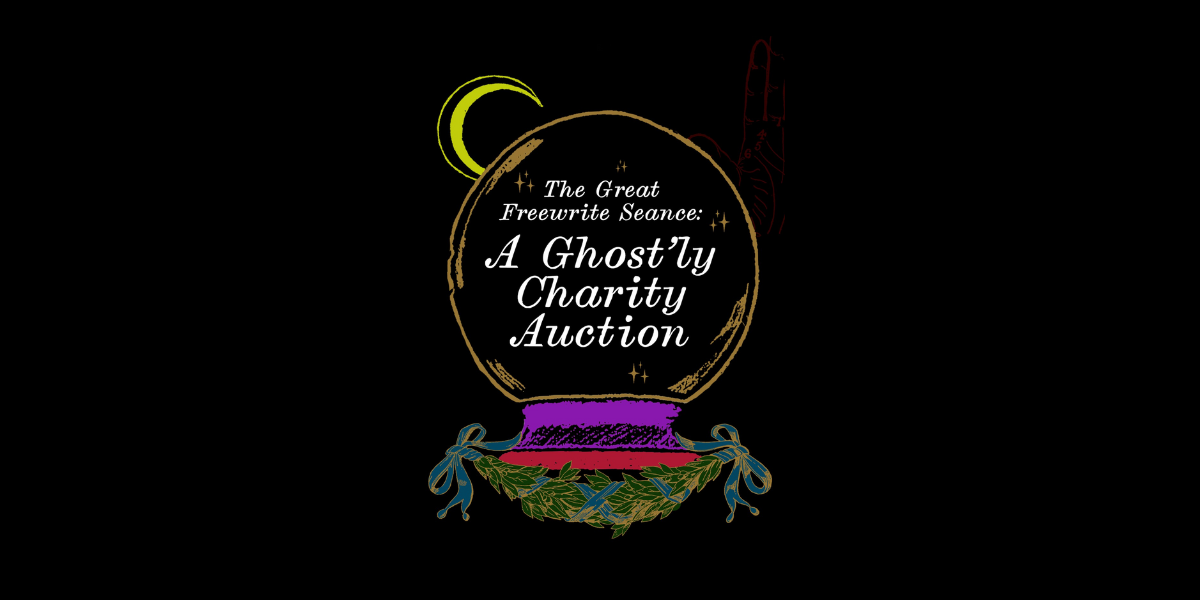Persuasive writing is a skill that every writer needs to master. That’s true whether you’re writing blogs with affiliate links, emails to your subscribers, or landing page copy to promote a product. There are lots of ways to approach writing persuasively, but one of the most effective is Neuro-Linguistic Programming (NLP).
Developed by Richard Bandler and John Grinder in the 1970s, Neuro-Linguistic Programming is a communication tool that can have a big impact on your readers - if you know how to use it right. Of course, you’ll find people who dismiss the tools and techniques of NLP as being ‘mumbo-jumbo’ - but, then, they’re the kind of people who would have said it was impossible to put a man on the moon.
NLP works. It works for businessmen when they’re closing a massive deal, and it works for writers who need to convince your readers to do something. It doesn’t matter whether it’s clicking a link, completing a form, or making a purchase, when you use NLP, your ability to persuade increases.
The Power of Persuasion
Neuro-linguistic programming is so-called because, effectively, it uses words (linguistic) to reprogram (programming) the brain (neuro). It’s been compared (quite negatively) to manipulation. It can, of course, be used manipulatively, but there’s so much more to it than that. It’s used in coaching and even in therapy to change the way people think about things.
So, how does NLP work to persuade people to change the way they think?
Courses to train as an NLP practitioner are taught over seven days, so condensing the principles of NLP into an article isn’t easy. Nonetheless, I’ll share with you key insights from NLP that are particularly pertinent for writers.
Foundations of Neuro-Linguistic Programming for Writers
While some copywriters shun NLP as being far too ‘out there’, there are lots of skilled copywriters who understand how to use it to maximize results. By now you’re probably eager to find out how you can do that too, so let’s dig in.
1. The Language of the Senses
NLP is all about the way that language is used to influence others, but it’s more than just about the words. It’s about what the words we use evoke in the people we’re addressing. In NLP, language is sensory - because all the information that we process can only enter our brains through the five senses.
Most people have a sensory modality preference - whether you’re aware of it or not. There are three sensory modalities in NLP - visual, auditory and kinaesthetic (feelings). NLP teaches that influencing your readers starts when you use language that appeals to their sensory modality preference. For example:
- Visual: “Can you see what I mean?”
- Auditory: “Can you hear what I’m trying to say?”
- Kinaesthetic: “Does it feel right to you?”
When you’re writing, you can’t know (in most cases) what your readers’ preference is, so you should incorporate all three senses into your writing to maximize the potential impact of your writing.
2. Story Time
As a writer, you probably love to tell a good story, right? Well, you’ll be pleased to know that storytelling is a great NLP technique that you can easily exploit. When you couple your natural storytelling abilities with the (hidden) power of language in NLP, you’ll be able to exert huge influence over your readers.
It happens to you all the time - even if you don’t recognize it happening. The movies and TV shows you watch exert influence over you all the time, with hidden, subtle messages that you don’t notice because you’re engrossed in the unfolding story.
Using story to influence your readers is a matter of using metaphors and analogies that enter the subconscious. Metaphors work on a deep subconscious level to affect how your readers feel or think.
3. Homophonic Influence
Homophones, words that sound the same but have different spellings and meanings, are a subtle way to subconsciously affect your readers’ decision-making processes. Let’s look at an example that you could use in landing page copy for a sales page:
“By now, you should be able to see the power of using NLP in your writing copy. But, if you want to fully understand how to maximize the impact of your writing, increase your sales and grow your business beyond your wildest dreams, we have something more for you. Our eBook, ‘Unlocking the Secrets of Sales Copy’ normally retails at $99 but, for 48 hours only, you can get your hands on it for just $7.”
Placing the words ‘by now’ at the beginning of that paragraph is using a homophone to prime the buyer’s brain. ‘By now’ and ‘buy now’ sound the same when you read them aloud in your head - and that subconscious influence on your reader can have a big impact on the number of people who click on the ‘buy now’ CTA button below the paragraph.
4. Effective Emotional Influence
As a writer, you need to be able to affect your readers’ emotions in order to get results. Affecting emotions effectively, however, is a skill that can take time to learn. NLP teaches that you use facts in order to basically tell people how to feel (or, at least, how you want them to feel) when you use facts.
Charities making appeals for donations have expert copywriters who are exceptionally skilled at using facts and other emotional tools in their writing. For example, a popular NLP-inspired technique is to tell prospective donors how their donation can change the lives of the people receiving the funds. “Your donation of $20 will feed a family of four for a whole month.”
Another way charities use emotional influence in their writing is to demonstrate how a small sacrifice on the donor’s part can make a significant difference. “If you sacrifice your favorite coffee-shop latte or cappuccino just one day each week, your donation of $20 per month will pay for Jessica to attend boarding school to continue her education, including her boarding fees, supplies and food for the month.”
5. Pattern Interrupts
Interrupting the flow of your writing - or disrupting the flow - by introducing a new, unexpected idea, is a great persuasive technique that NLP trainers really applaud. It’s all about breaking thought patterns - which enables you to directly access the subconscious mind.
It’s a technique that stage hypnotists use - though I’m not suggesting for a minute that you need to hypnotize your readers! Politicians and smart public speakers use it, too, so it’s worthwhile learning how to most effectively use this technique in your writing.
One example of how you can use pattern interrupts is to introduce confusing or unexpected language into the middle of your ‘pitch’. The way you do this will depend on your audience, but you could try using sudden oblique references, or making reference to unrelated details – or, even, using swear words within your copy. The sudden change of direction gives you a brief opportunity to take advantage of your audience’s confusion.
If you’re writing a sales or landing page, you could use callouts and testimonials to achieve pattern interrupts. By distracting your audience’s attention to something new, you have a new window of opportunity to appeal to the subconscious, refocus their attention, or disarm them.
Delve Deeper into NLP
If you want to maximize the persuasive potential of your writing and influence your readers more, it’s worth exploring NLP in more detail. NLP training is available around the world and investing in an NLP course can have a huge impact on your persuasive writing. You could even explore NLP coaching to build your confidence as a writer.
Far from being ‘mumbo-jumbo’, neuro-linguistic programming is an effective means of exploiting the science of persuasion. The more you understand how NLP works, you’ll be able to recognize the techniques that other writers are using to influence your decisions, too.



